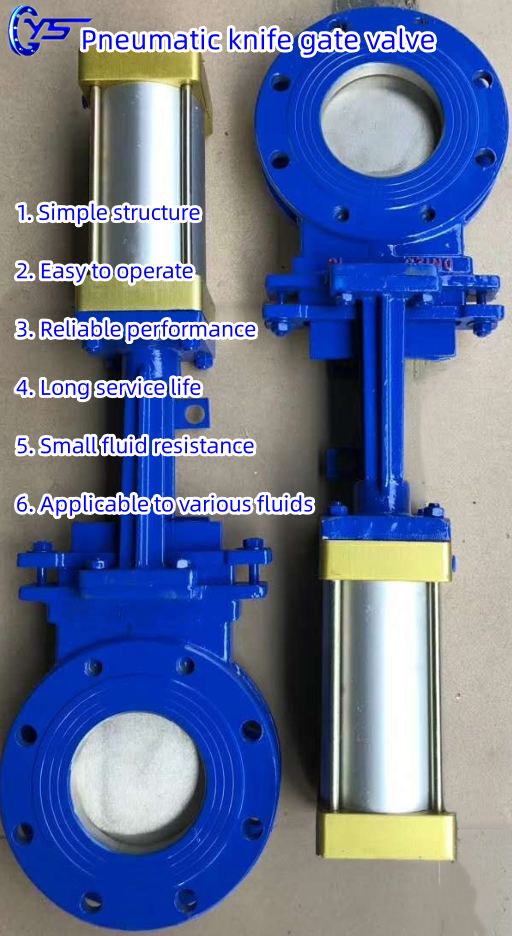110v electric actuator
Understanding the 110V Electric Actuator A Comprehensive Overview
In industrial automation, electric actuators play a vital role in the operation of machinery and equipment. Among various types of electric actuators, the 110V electric actuator is particularly noteworthy due to its widespread application in both commercial and residential settings. This article delves into the features, benefits, applications, and considerations when using 110V electric actuators.
What is a 110V Electric Actuator?
An electric actuator is a device that converts electrical energy into mechanical motion. It is designed to move or control a mechanism or system. The designation 110V refers to the voltage that the actuator operates under, which is a common standard in various regions, especially in North America. This allows the actuator to be compatible with household and industrial electrical systems without requiring specialized power supplies.
Key Features
1. Ease of Installation 110V electric actuators are straightforward to install. They typically come with universal compatibility for standard electrical outlets, making them accessible for many users.
2. Variable Control Options Many 110V electric actuators offer options for both linear and rotary motion. This versatility allows them to be used in various applications, from opening industrial valves to adjusting the position of solar panels.
3. Built-in Safety Measures Most modern electric actuators include safety features such as overload protection and emergency stop functions, ensuring dependable and safe operation.
4. Energy Efficiency Electric actuators are generally more energy-efficient than their pneumatic or hydraulic counterparts. With lower power consumption, they not only save energy but also reduce operational costs.
Advantages of Using 110V Electric Actuators
1. Cost-Effectiveness The initial investment and ongoing maintenance costs for 110V electric actuators are typically lower than those associated with pneumatic or hydraulic systems, making them a budget-friendly option for many businesses.
110v electric actuator

2. Quiet Operation Unlike pneumatic actuators that can create noise during operation, electric actuators tend to be much quieter, making them suitable for environments where noise reduction is essential.
3. Precision Control Electric actuators provide high precision and accuracy in motion control. They can be easily integrated with control systems, allowing for sophisticated automation processes.
4. Reduced Maintenance Electric actuators have fewer moving parts than pneumatic or hydraulic systems, leading to reduced wear and tear. This means less frequent maintenance and longer service life.
Applications
The use of 110V electric actuators spans various industries and applications
- Manufacturing In assembly lines, electric actuators are used to control and position machinery components. - HVAC Systems They are commonly employed in heating, ventilation, and air conditioning systems to control dampers and valves. - Water Management Electric actuators help in the operation of water flow control systems, such as in irrigation and wastewater treatment plants. - Robotics In automation and robotics, these actuators can be used to control the movement of robotic arms or other mechanisms.
Considerations When Choosing a 110V Electric Actuator
When selecting a 110V electric actuator, it’s crucial to evaluate factors such as the required torque, speed, stroke length, and application environment. Additionally, exploring brands with good reputations for quality and customer support can ensure reliable performance.
Conclusion
In summary, 110V electric actuators offer a versatile, efficient, and cost-effective solution for various automation applications. Their ease of integration, precision control, and low maintenance requirements make them an attractive choice for industries ranging from manufacturing to HVAC and beyond. With advancements in technology, these actuators continue to evolve, promising even greater efficiency and functionality in the future.
-
The Key to Fluid Control: Exploring the Advantages of Ball Valves in Industrial SystemsNewsJul.09,2025
-
The Versatile World of 1, 2, and 3 Piece Ball ValvesNewsJul.09,2025
-
Stainless Steel Ball Valves: The Ideal Choice for Efficient Flow ControlNewsJul.09,2025
-
Optimizing Fluid Control with Ball Float ValvesNewsJul.09,2025
-
Manual Gate Valves: Essential for Control and EfficiencyNewsJul.09,2025
-
Everything You Need to Know About Butterfly ValvesNewsJul.09,2025
-
The Versatility of Wafer Type Butterfly ValvesNewsJul.08,2025




